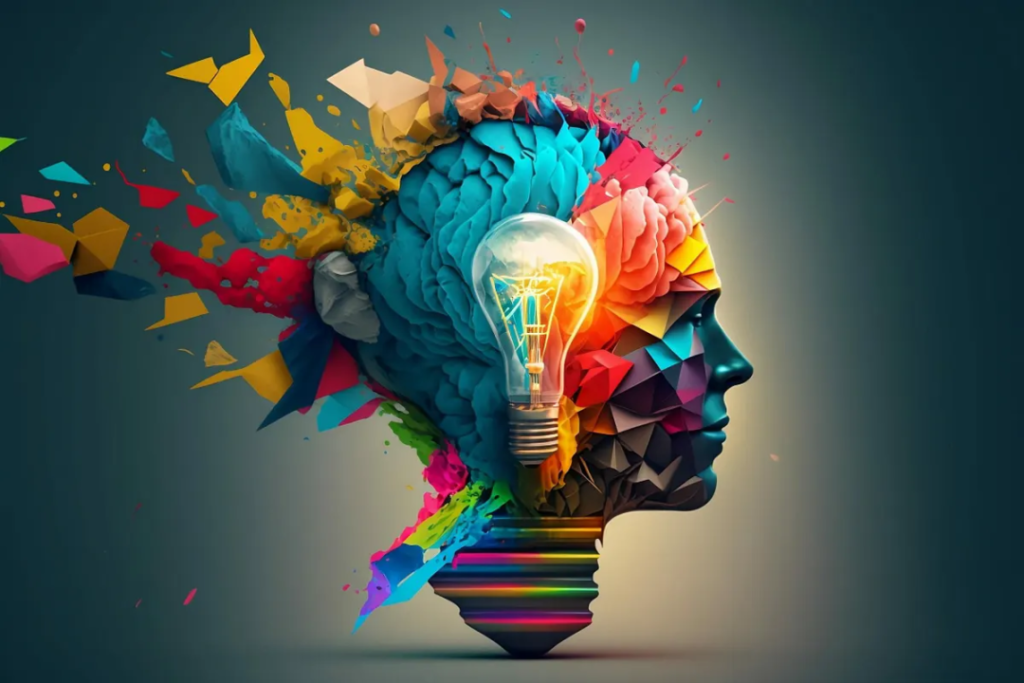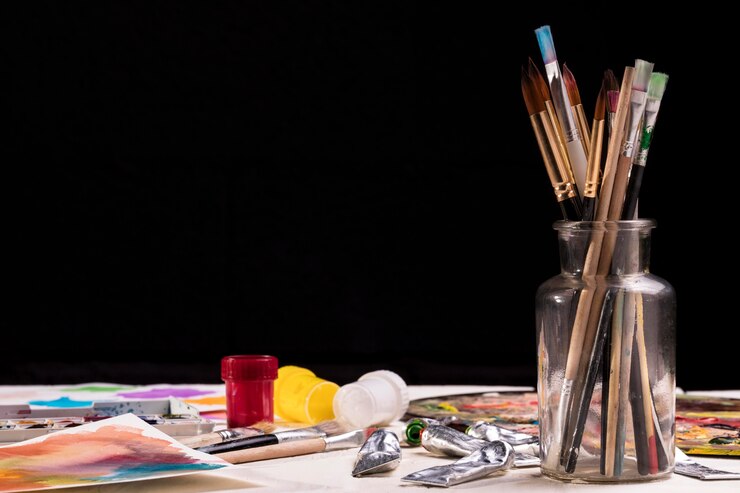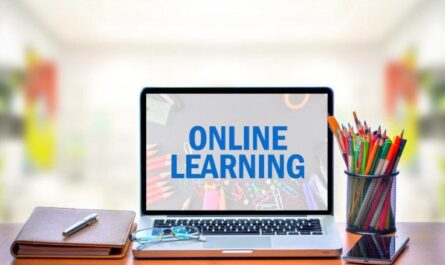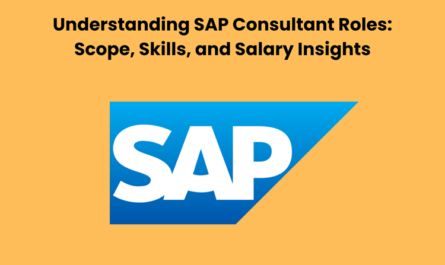
Art and creativity are not simply hobbies or extracurricular activities; they play a vital role in education, fostering the holistic development of students and cultivating skills that go beyond traditional academic subjects. In this article, we delve into the significance of art and creativity in education, exploring their profound impact on cognitive, emotional, and social aspects of a child’s development. Let’s uncover how embracing and integrating art and creativity into educational curricula can empower students and prepare them for an ever-evolving future.
Enhancing Cognitive Development:
Art and creativity engage various cognitive processes, such as critical thinking, problem-solving, and abstract reasoning. By encouraging students to explore their imagination and think outside the box, artistic activities stimulate their brains, facilitating the development of innovative ideas and solutions. Engaging in artistic practices, such as painting, sculpture, or music, nurtures spatial awareness, hand-eye coordination, and fine motor skills, which can positively impact academic performance in subjects like mathematics and science.
Fostering Emotional Intelligence:
Art provides a unique channel of expression for students to communicate their emotions, thoughts, and experiences. It encourages self-reflection, introspection, and empathy, enabling young minds to develop emotional intelligence and resilience. Through artistic endeavors, students can explore their own identity, build self-esteem, and express their feelings in a safe and non-judgmental environment. This emotional growth can translate into improved relationships, increased empathy towards others, and enhanced self-awareness.
Promoting Cultural Appreciation and Diversity:
Art plays a pivotal role in exposing students to diverse cultures, traditions, and perspectives from around the world. Through artistic exploration, students gain an appreciation for different artistic styles, aesthetics, and storytelling techniques. This exposure fosters cultural sensitivity, tolerance, and inclusivity, instilling in them a global mindset that promotes unity in diversity. The integration of art with history, literature, and social studies further enriches the educational experience, providing a holistic understanding of the human experience.
Encouraging Collaboration and Communication:
Artistic endeavors often involve teamwork, cooperative learning, and collective problem-solving. Collaborative art projects teach students how to effectively communicate ideas, negotiate compromises, and respect diverse opinions. Through shared creativity, students learn the value of collaboration, fostering essential skills for success in future careers that embrace teamwork and interdisciplinary work environments.

Nurturing Innovation and Entrepreneurial Skills:
In a rapidly evolving world, creativity and innovation are becoming indispensable skills. Integrating art and creativity into education nurtures an entrepreneurial mindset, encouraging students to think creatively, take risks, and embrace failure as part of the learning process. These skills cultivate the ability to adapt to unfamiliar situations, find original solutions, and explore uncharted territories, equipping students with the tools needed to thrive in an ever-changing workforce.
Art and creativity
Art and creativity are not luxuries but essential components of a well-rounded education. Beyond the brushstrokes, melodies, and performances, art and creativity integrate seamlessly with academic subjects, fostering cognitive, emotional, and social development. By embracing art and creativity in education, we empower students with the skills, mindsets, and attitudes necessary for success in an increasingly complex and interconnected world. Let us recognize and celebrate the transformative role of art and creativity in education, as they lay the foundation for a future generation of innovative thinkers and problem solvers.


